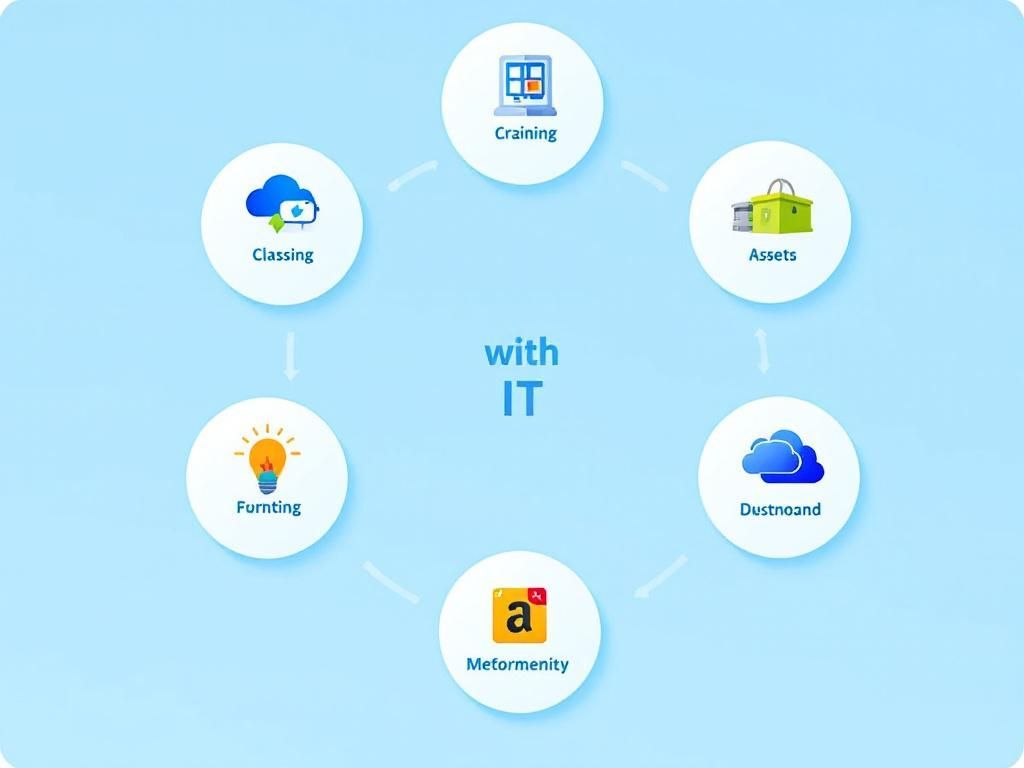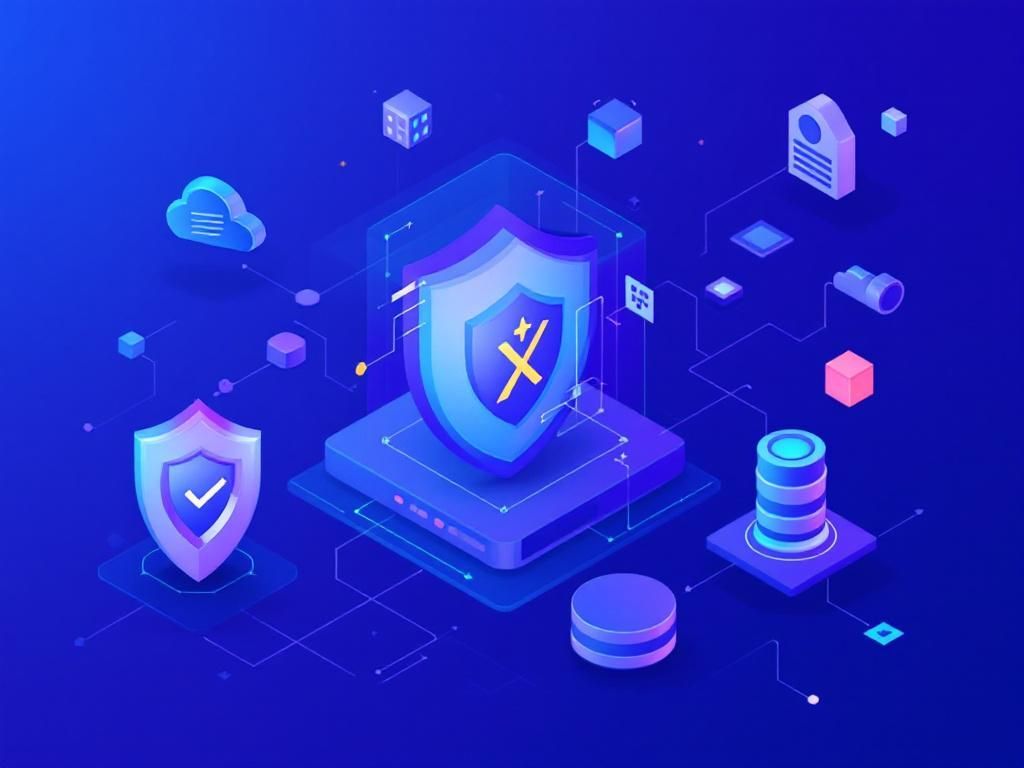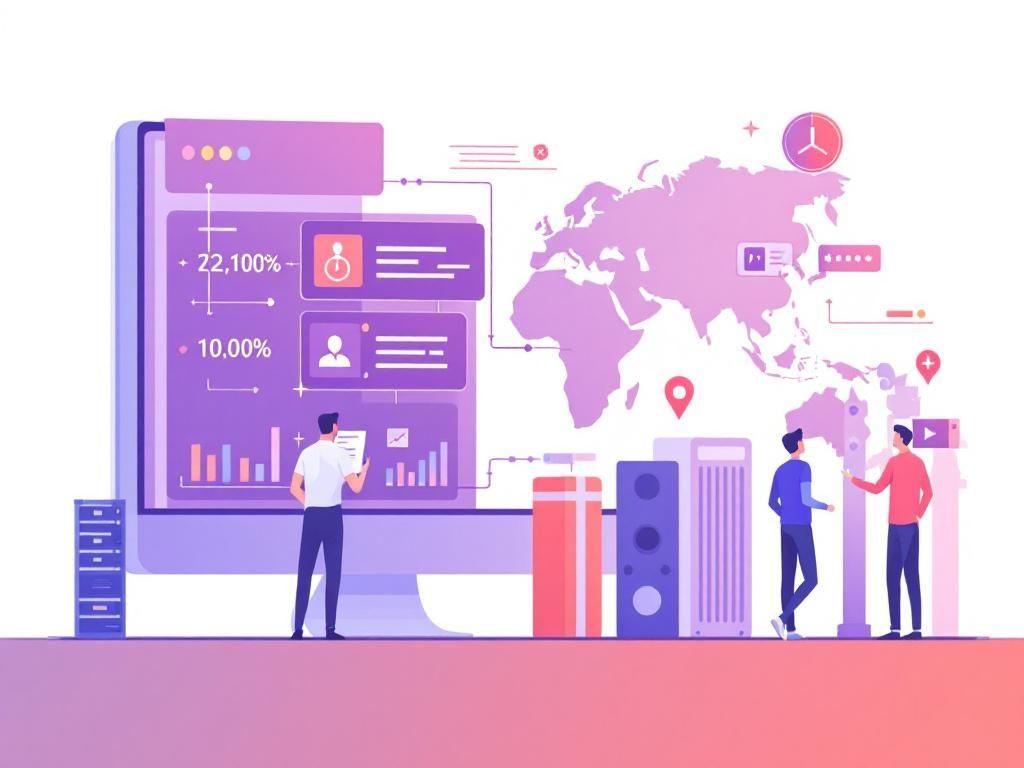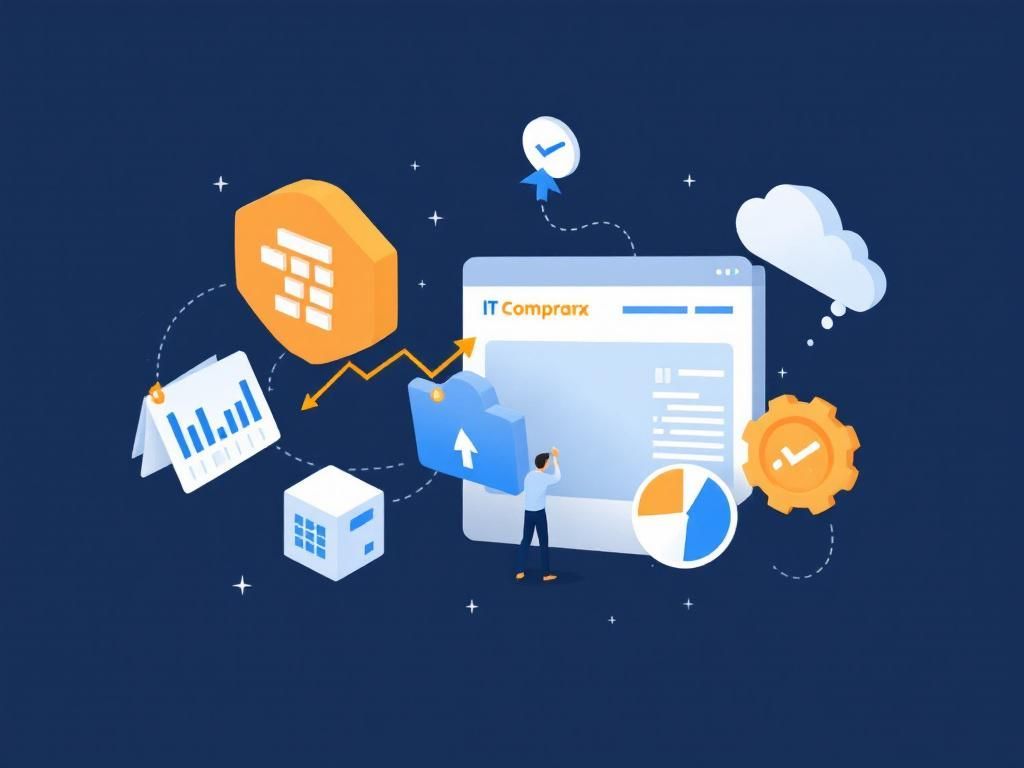Mastering IT Budgeting for Growth in 2025
Discover essential strategies for effective IT budgeting to drive growth and innovation in 2025. Optimize your resources and maximize ROI.

As businesses navigate the ever-evolving landscape of technology, effective budgeting for IT expenditures becomes crucial for sustaining growth and innovation. The year 2025 is poised to present unique challenges and opportunities in the tech sector. This article will explore strategies, tools, and insights to master IT budgeting in a way that aligns with organizational goals, enhances operational efficiency, and supports strategic growth initiatives.
Table of Contents
The Importance of IT Budgeting
IT budgeting is not merely a financial exercise; it plays a pivotal role in driving organizational success. A well-structured IT budget enables businesses to:
- Allocate resources effectively to critical initiatives.
- Ensure alignment between IT strategy and business objectives.
- Mitigate risks associated with technology investments.
- Maximize the return on investment (ROI) for technology spending.
- Promote transparency and accountability within the organization.
Key Components of an Effective IT Budget
When crafting an IT budget, it is essential to consider several key components that will help streamline the budgeting process and ensure its effectiveness:
1. Infrastructure Costs
Infrastructure costs typically encompass:
- Hardware (servers, workstations, networking equipment)
- Software licensing and subscriptions
- Cloud services and hosting fees
2. Personnel Expenses
The costs associated with personnel can include:
- Salaries and wages
- Training and development programs
- Benefits and bonuses
3. Project Funding
Allocating funds for specific projects ensures that innovative initiatives can be pursued. This can involve:
- Research and development (R&D)
- Digital transformation projects
- System upgrades and migrations
4. Operational Costs
Everyday operational expenses should also be included, such as:
- Maintenance and support contracts
- Utility costs for data centers
- Telecommunications and Internet services
Emerging Technologies Impacting IT Budgets
As we head into 2025, several emerging technologies are reshaping the IT budgeting landscape. Understanding their impact is critical for accurate forecasting.
1. Artificial Intelligence (AI) and Machine Learning (ML)
AI and ML adoption can lead to significant cost savings and efficiency improvements. Budgeting for AI initiatives might include:
- Software development and integration costs
- Data management and storage fees
- Training and upskilling employees in AI technologies
2. Cybersecurity Investments
With the rise in cyber threats, enhancing cybersecurity measures becomes paramount. Key areas of investment include:
- Advanced security tools and software
- Regular security audits and assessments
- Employee training on security best practices
3. Cloud Computing
The shift towards cloud solutions minimizes upfront hardware investments but requires careful management of subscription models and ongoing costs:
| Cloud Service Type | Typical Costs |
|---|---|
| Infrastructure as a Service (IaaS) | Variable based on usage |
| Platform as a Service (PaaS) | Monthly subscription fees |
| Software as a Service (SaaS) | License fees per user |
Steps to Create a Comprehensive IT Budget
Creating a comprehensive IT budget involves several steps:
- Assess Current IT Expenditures: Review previous budgets and actual spending to identify patterns and areas for improvement.
- Set Strategic Goals: Align the budget with organizational priorities, focusing on growth, innovation, and efficiency.
- Engage Stakeholders: Collaborate with department heads to gather input on technology needs and anticipated projects.
- Project Future Trends: Analyze market trends and emerging technologies that could impact future IT spending.
- Monitor and Adjust: Regularly review the budget throughout the year to ensure it remains accurate and relevant to changing business needs.
Best Practices for IT Budget Management
To ensure effective management of the IT budget, consider the following best practices:
- Implement Zero-Based Budgeting: Start from a ‘zero base’ each year, justifying all expenses rather than relying on previous budgets.
- Maintain Flexibility: Allow for adjustments as business needs change, particularly in response to unforeseen circumstances.
- Utilize Budgeting Software: Invest in tools that streamline the budgeting process and provide real-time data analytics.
- Foster a Culture of Accountability: Encourage team members to take ownership of their respective budgets and ensure they understand the financial implications of their decisions.
Conclusion
Mastering IT budgeting in 2025 is not just about cutting costs; it is about strategically allocating resources to foster growth and innovation. By understanding emerging trends, assessing needs, and employing best practices, organizations can position themselves for success in a competitive landscape. An effective IT budget serves as a roadmap, guiding investments that align with business objectives and drive technological advancements.
FAQ
What is IT budgeting and why is it important for growth in 2025?
IT budgeting involves allocating financial resources to technology and information systems, which is crucial for supporting business growth, enhancing operational efficiency, and enabling innovation in 2025.
How can businesses effectively allocate their IT budget for growth?
Businesses can effectively allocate their IT budget by conducting thorough needs assessments, prioritizing investments based on strategic goals, and regularly reviewing performance metrics to adjust allocations as necessary.
What are some key trends in IT budgeting for 2025?
Key trends in IT budgeting for 2025 include increased investments in cloud computing, cybersecurity measures, artificial intelligence, and data analytics to drive business growth and improve decision-making.
How can companies ensure their IT budgets are flexible enough to adapt to changes?
Companies can ensure flexibility in their IT budgets by implementing rolling forecasts, maintaining a contingency fund, and fostering a culture of agile planning that allows for quick adjustments as market conditions change.
What role does collaboration play in IT budgeting for growth?
Collaboration between IT and other departments is essential in IT budgeting for growth, as it ensures that technology investments align with overall business objectives and addresses the specific needs of different areas within the organization.
What are some common pitfalls to avoid in IT budgeting for 2025?
Common pitfalls to avoid in IT budgeting include underestimating costs, failing to account for emerging technologies, neglecting employee training, and not aligning the budget with long-term strategic goals.








